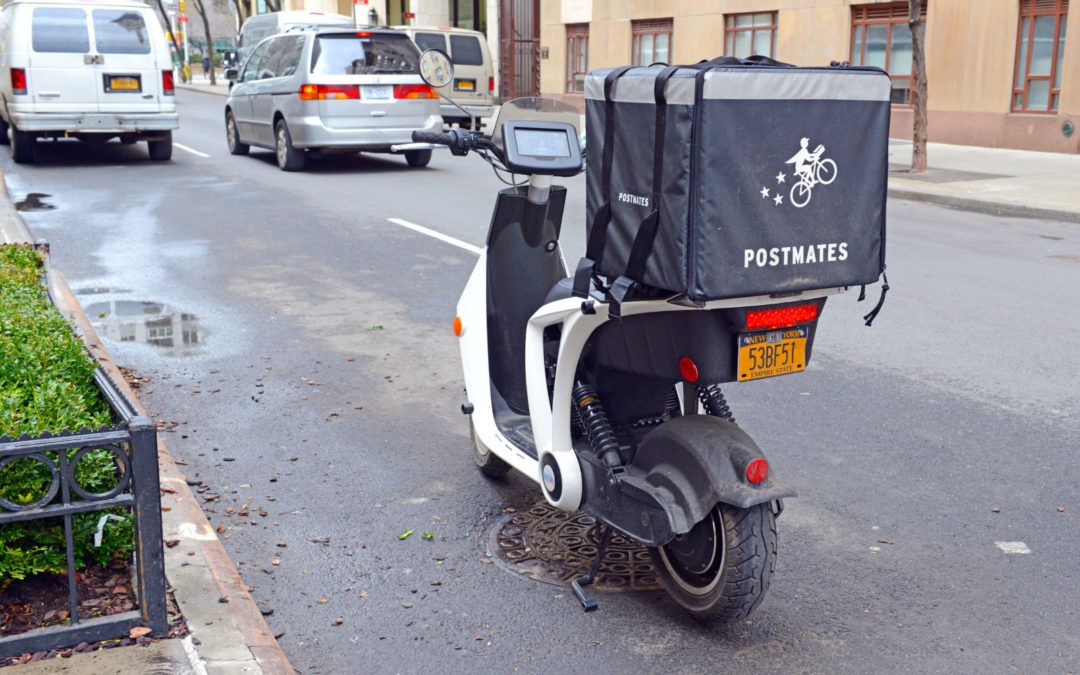Meal delivery services have been around for a long time. Most consumers have ordered pizza or Chinese food and had that food delivered. What appears to be new in recent months is that consumers are beginning to show a preference for having all types of restaurant food delivered as opposed to either picking it up or consuming it at a restaurant location. Delivery charges as high as ten dollars do not appear to be dissuading consumers from their preference for delivered meals. For the restaurant industry, non-pizza delivery increased 20% last year to over 3% of total sales.
Starting from a low percentage of overall sales, delivery is potentially incremental to the restaurants, and restaurants appear to be willing to give those economics to the emerging delivery services. Uber Eats, Grubhub, DoorDash, and Postmates appear to absorb over 20% of the total check, a figure equal to the margins of many restaurant chains. “We are losing money on delivery orders, or, best case scenario, breaking even,” said a New York restauranteur.
As for the delivery services themselves, a business model remains elusive. The industry is not profitable today, and experiments are ongoing on whether the restaurant or the consumer is the more important relationship, where to deliver, how fast to deliver, how far to deliver, and whether consumers prefer a transaction or a subscription model. Historically, last mile businesses of all sorts hinge on route density. In that vein, existing delivery systems may have the right stuff to address the growing consumer demand for delivered meals.
- Demand for restaurant meal delivery is growing fast.
- The early leaders in the market have contrastive strategies.
- Digital interfaces and route densities offer the clearest path to profits.
